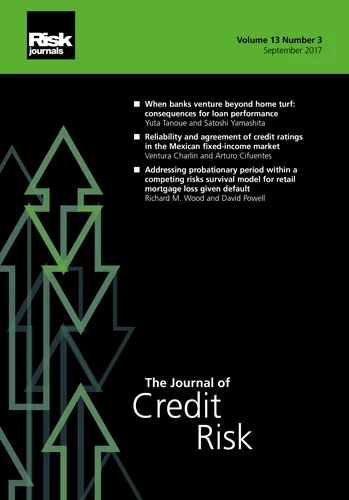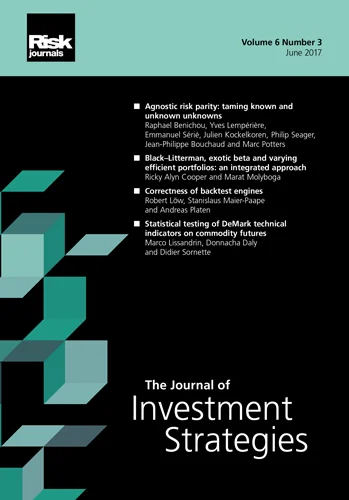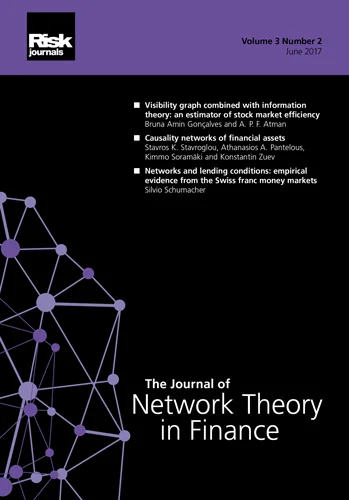Journal of Risk Model Validation
ISSN:
1753-9587 (online)
Editor-in-chief: Steve Satchell

Need to know
- Using the ordinary hold-out (‘train/test split’) procedure on a specific set of assets is inappropriate to control for overfitting in NN-based portfolio optimization.
- We confirm the overall assessment of the out-of-sample performance of estimation-based strategies in terms of Sharpe ratio, Sortino ratio and CEQ given in the literature.
- We prove that NN-based strategies, if set up correctly, systematically outperform the 1 / N strategy.
Abstract
In this paper we measure the out-of-sample performance of sample-based rolling-window neural network (NN) portfolio optimization strategies. We show that if NN strategies are evaluated using the holdout (train–test split) technique, then high out-of-sample performance scores can commonly be achieved. Although this phenomenon is often employed to validate NN portfolio models, we demonstrate that it constitutes a “fata morgana” that arises due to a particular vulnerability of portfolio optimization to overfitting. To assess whether overfitting is present, we set up a dedicated methodology based on combinatorially symmetric cross-validation that involves performance measurement across different holdout periods and varying portfolio compositions (the random-asset-stabilized combinatorially symmetric cross-validation methodology). We compare a variety of NN strategies with classical extensions of the mean–variance model and the 1 / N strategy. We find that it is by no means trivial to outperform the classical models. While certain NN strategies outperform the 1 / N benchmark, of the almost 30 models that we evaluate explicitly, none is consistently better than the short-sale constrained minimum-variance rule in terms of the Sharpe ratio or the certainty equivalent of returns.
Copyright Infopro Digital Limited. All rights reserved.
As outlined in our terms and conditions, https://www.infopro-digital.com/terms-and-conditions/subscriptions/ (point 2.4), printing is limited to a single copy.
If you would like to purchase additional rights please email info@risk.net
Copyright Infopro Digital Limited. All rights reserved.
You may share this content using our article tools. As outlined in our terms and conditions, https://www.infopro-digital.com/terms-and-conditions/subscriptions/ (clause 2.4), an Authorised User may only make one copy of the materials for their own personal use. You must also comply with the restrictions in clause 2.5.
If you would like to purchase additional rights please email info@risk.net








